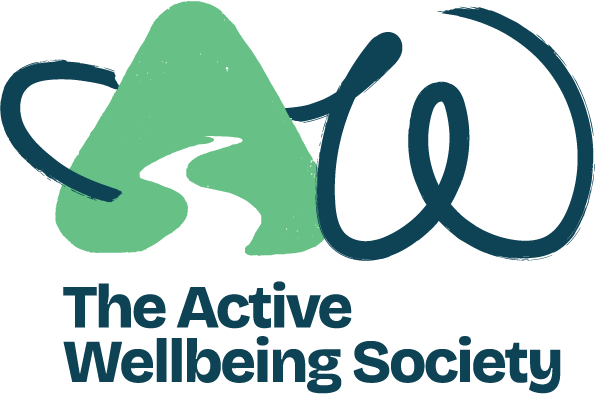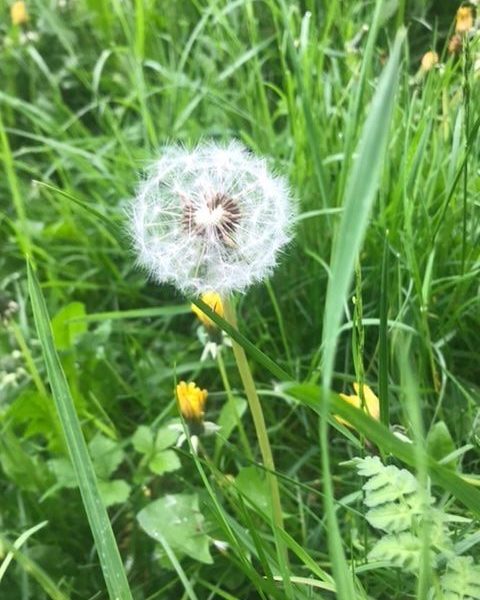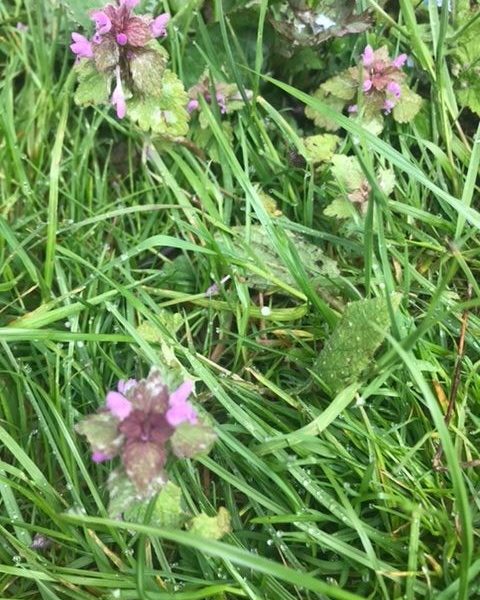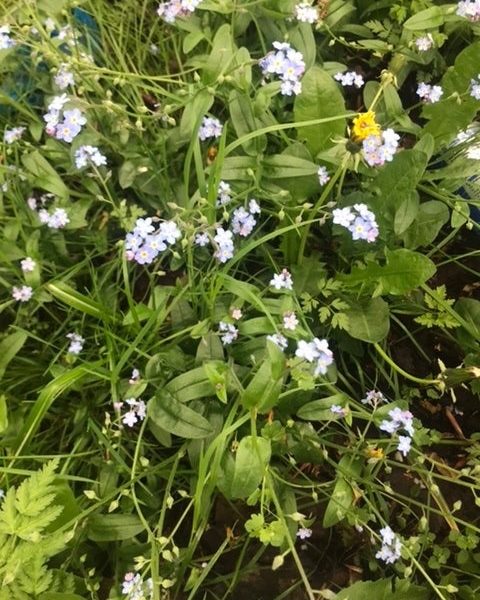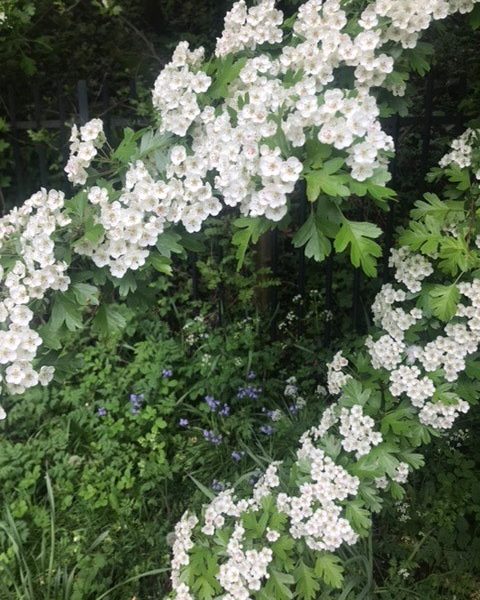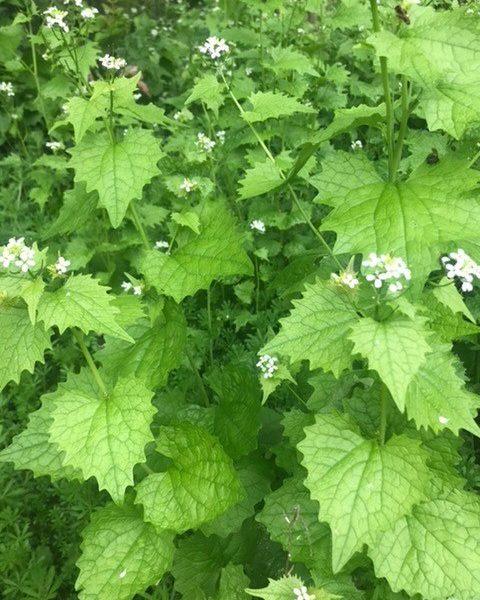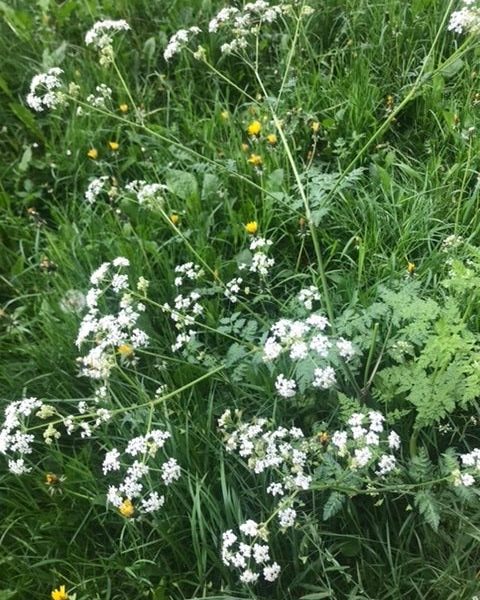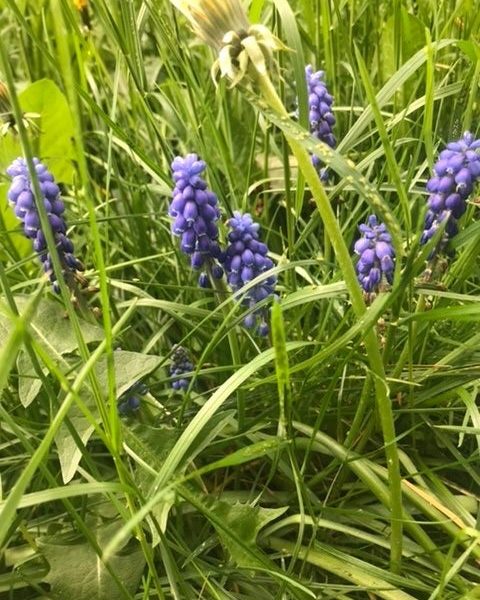Flowers and Plants
What wild flowers and plant do you have in your local area? What do you use them for? Can you make a grass whistle? Are there any wild crops you forage near your home? We’d love to hear your ideas and activities – post to Active Communities Going Wild #WildTogether #BrumTogether
Seven Streets Pocket Park Plant Trail
Do you know the plants names? Use Plant Snap to help you. I took all of these photos in Seven Streets Park but you could find them in lots of parks, gardens or bits of green space at this time of year. Happy plant searching!
- A relative of mint
- Spicy condiment?
- Eaten by farm animals? Not in Balsall Heath!
- Blow one of these to tell the time
- Named after a kind of fruit. Don’t eat this flower though
- Native shrub
- Will you remember the name of this flower?
- You need one of these if you’ve been stung by a nettle
Wild Foraging
Have you tried foraging for your own dinner? Depending on the time of year there are different crops available all over the UK, and with a little bi of knowledge and preparation it can be a great activity with the whole family on your daily walk. Freya and Jago were foraging near Sarehole Mill in late April 2020 for Dandelions, nettles and wild garlic in this film.
The Woodland Trust provide an excellent month-by-month guide to what’s on offer, but the best way is to get to know what there is and keep an eye on when it’s ready to crop. Make sure you follow plantlife international’s code of conduct, and post us your experience on Active Communities Going Wild #WildTogether #BrumTogether
Outside your door
Plantlife International “Code of Conduct” for picking wildflowers
Remember when picking any wild flowers:- Make sure you’re not trespassing on any private land.
- Never pick flowers from nature reserves or any other protected sites (such as Sites of Special Scientific Interest) without prior permission from the landowner.
- Only pick from large patches of abundant flowers, leaving plenty of flowers for others to enjoy, to set seed, and to provide other wildlife with pollen, nectar, seed or shelter.
- Follow the one-in-twenty rule, picking one flower out of every twenty you find. You should never diminish the display.
- Only pick a small handful of flowers for personal use, you must never pick for commercial gain.
- Don’t trample other flowers or vegetation.
- Never uproot any plant unless you have the landowner’s permission, and be aware that some plants (listed on Schedule 8 of the Wildlife and Countryside Act) cannot be picked without a licence
- If in doubt, don’t pick. If you don’t know the identity of a plant, leave it where it is. Take a photograph instead and try and identify it at home first.

